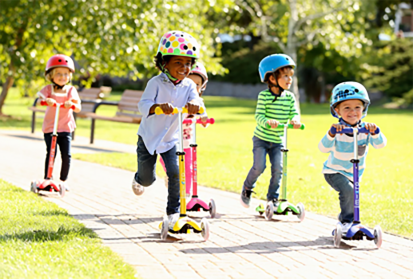Understanding Why Your Child Scoots on Their Bottom
As a parent, it’s not uncommon to observe your child exhibiting quirky behaviors that prompt curiosity and concern. One such behavior is scooting on their bottom, often referred to as bottom shuffling. While at first glance this might seem unusual or even problematic, it is important to understand that this behavior is relatively common in toddlers and young children. In this article, we will explore the reasons behind this behavior, its possible implications, and what you can do if you have concerns.
What is Bottom Scooting?
Bottom scooting is when a child moves around by sitting on their bottom and pushing themselves forward with their legs. This method of mobility is often seen in children who may be just beginning to explore movement. Bottom scooting typically emerges before or in place of more conventional forms of locomotion, such as crawling or walking.
Reasons for Bottom Scooting
1. Developmental Stages Children develop motor skills at their own pace. For some children, bottom scooting is a natural phase in their development. It allows them to explore their environment while gaining strength in their core and leg muscles. Children may scoot before they crawl or walk, as it provides them with mobility without the need for the coordination that traditional crawling requires.
2. Comfort and Preference Some children simply find scooting more comfortable or enjoyable than crawling. The act of sitting while moving can feel safer to them, especially if they are not yet confident in their ability to crawl or walk.
3. Exploration Children are naturally curious. Scooting allows them to explore their surroundings in a unique way. They may be drawn to specific toys or objects, and scooting can be an effective way to reach them.
4. Sensory Input Many children enjoy the sensory experience that comes with scooting. The feeling of movement, along with the different textures and surfaces they encounter, can be stimulating and engaging for them.
When Should You Be Concerned?
While bottom scooting is often a normal part of development, there are a few scenarios where you might want to seek guidance from a pediatrician or a child development specialist
why does my kid scoot on his ass
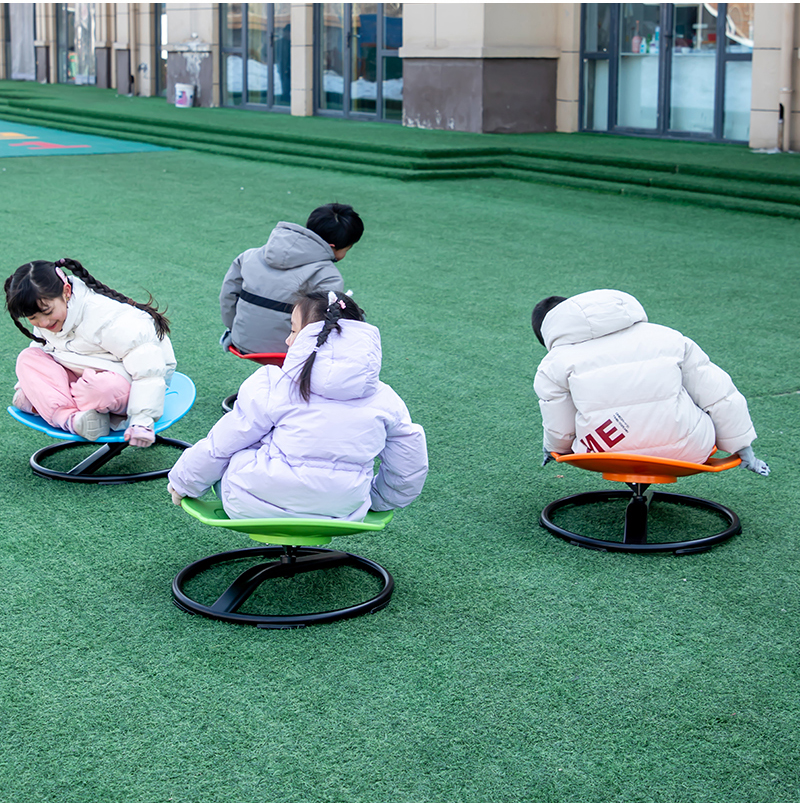
- Delay in Other Motor Skills If your child is significantly delayed in other areas of development, such as sitting up, crawling, or walking, this may warrant further investigation. It’s important to ensure that your child’s overall developmental milestones are being met.
- Physical Discomfort If your child seems to be experiencing discomfort or pain while scooting, it is essential to consult with a healthcare professional. There could be issues related to muscle tone, joint problems, or other health concerns that require attention.
- Lack of Interest in Mobility If your child shows no interest in transitioning to other forms of movement as they get older, this could be a red flag. Encouraging them to engage in different types of movement can help promote their confidence and agility.
Encouraging More Traditional Movement
If you wish to encourage your child to crawl or walk rather than scoot, there are several strategies you can employ
1. Create a Safe Space Ensure there is a safe and inviting area with toys and objects your child can reach by crawling or walking. Make sure the environment encourages mobility.
2. Model Movement Engage in play that promotes crawling or walking. Get down on the floor with them and demonstrate how to move. Children often learn by imitating their parents.
3. Play Interactive Games Games like peek-a-boo, rolling a ball back and forth, or using push toys can motivate your child to explore different movements.
4. Provide Support Offer assistance by holding their hands while they practice walking or by gently encouraging them to crawl towards you.
Conclusion
Bottom scooting can be an adorable phase in your child’s development, reflecting their natural curiosity and desire to explore the world around them. While it is often completely normal, staying vigilant about your child’s overall development is important. If you have concerns, don’t hesitate to consult with a pediatric healthcare professional. Remember that every child is unique, and they will master their motor skills in their own time. Enjoy the journey as they discover their world!
-

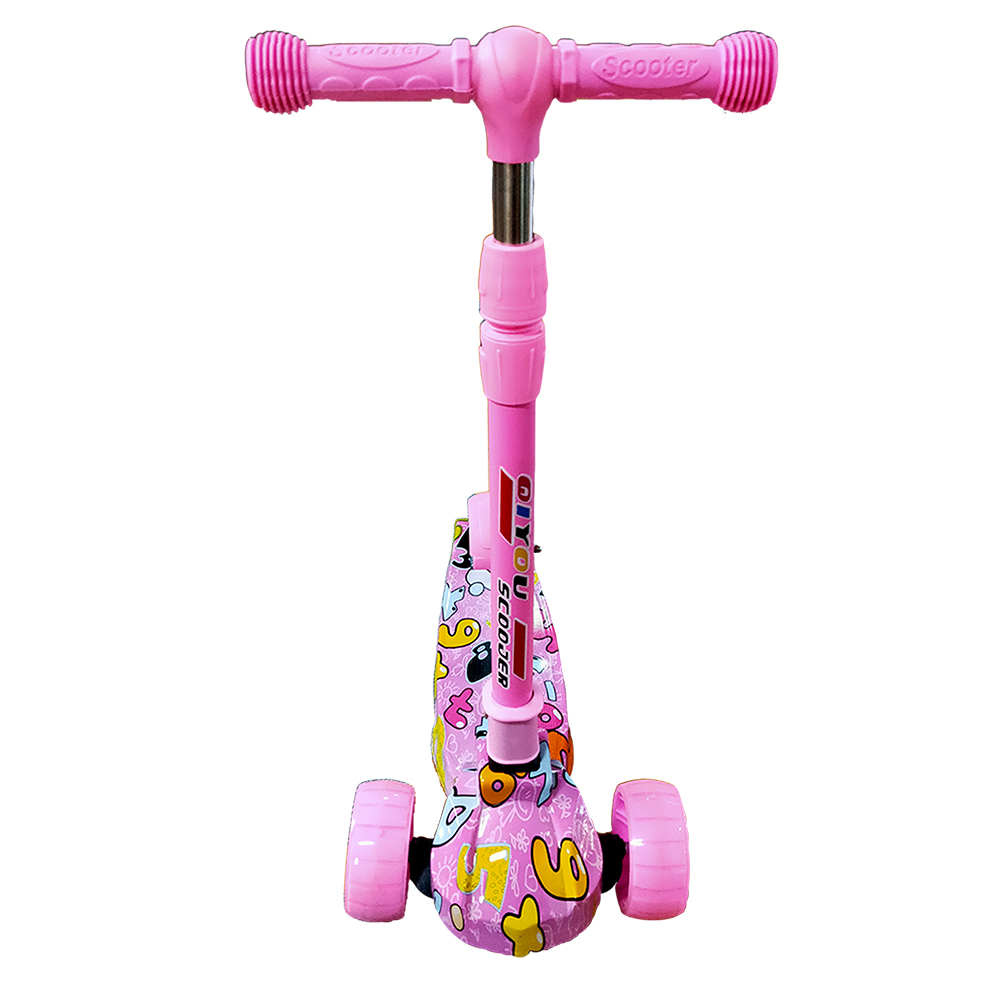 Scoot&RideKids Child Kick Push Scooter 3 Wheels with LED Flashing Tilt Lean Boys Girls Scooter
Scoot&RideKids Child Kick Push Scooter 3 Wheels with LED Flashing Tilt Lean Boys Girls Scooter




- 4
$33.17 -

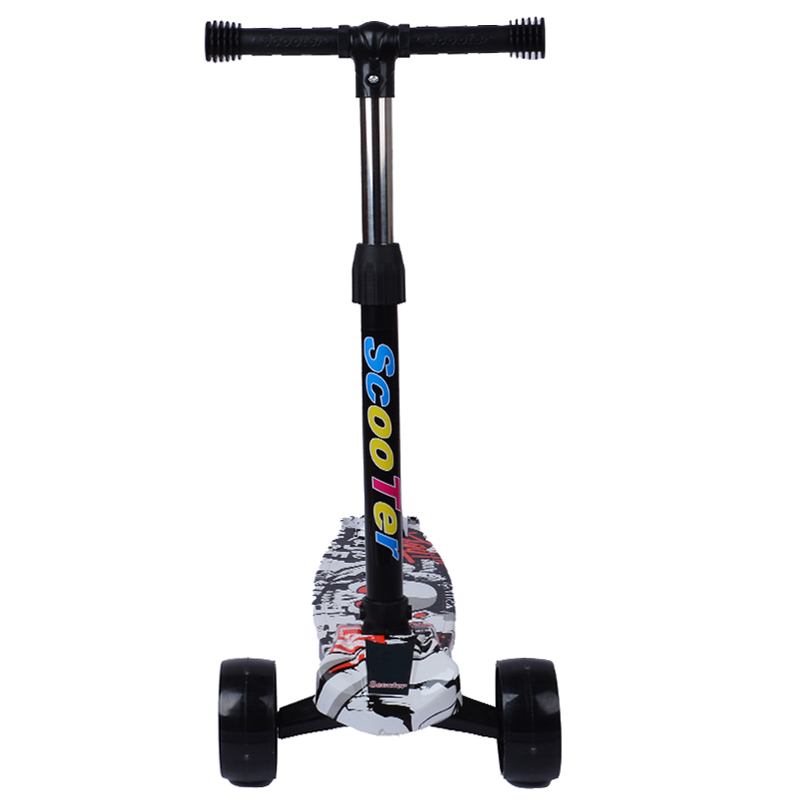 Scoot&RideKids Scooter Child Kick Flashing LED Light Up 3 Wheel Push Adjustable Folding 3
Scoot&RideKids Scooter Child Kick Flashing LED Light Up 3 Wheel Push Adjustable Folding 3- 0
$25.52 -

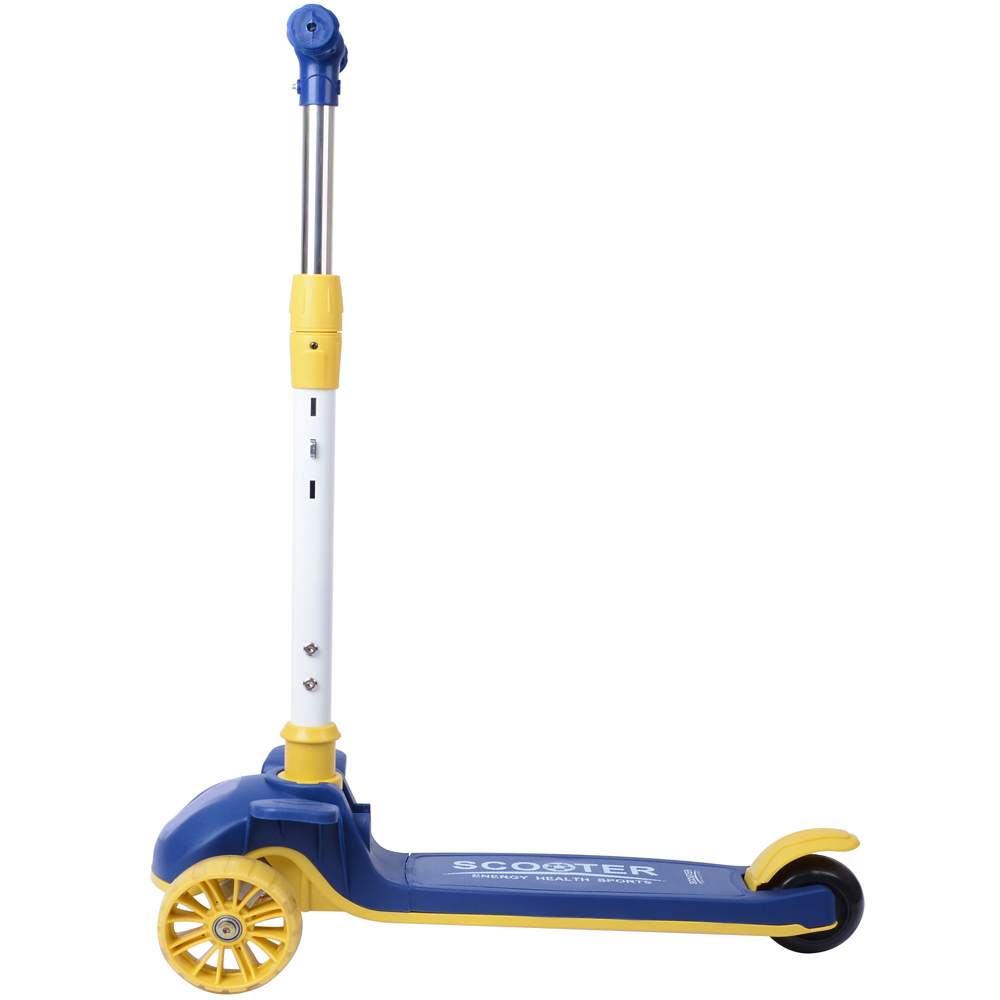 Scoot&RideKids Scooter Child Kick Flashing LED Light Up 3 Wheel Push Adjustable Folding 2
Scoot&RideKids Scooter Child Kick Flashing LED Light Up 3 Wheel Push Adjustable Folding 2- 0
$33.17 -

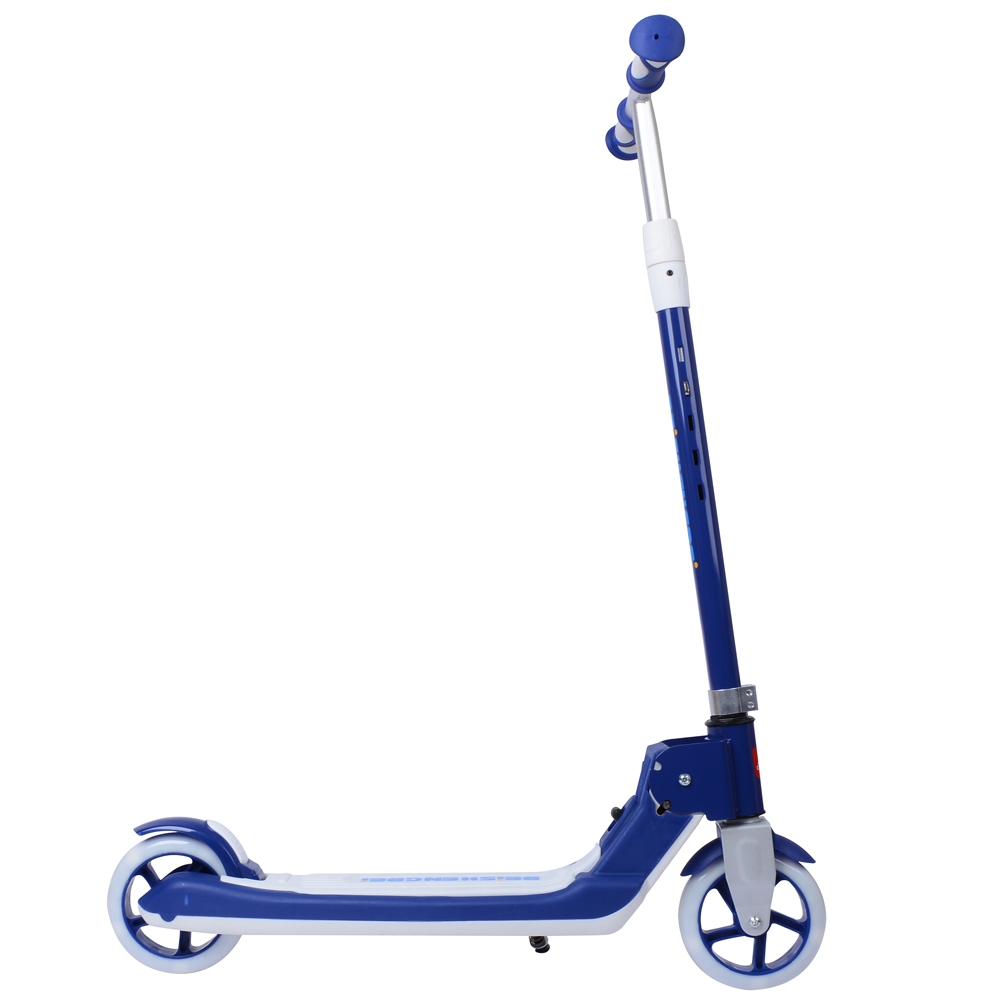 Scoot&RideKids Scooter Teens Foldable Kick Push Scooter Adjustable Height Safe 2 Wheels
Scoot&RideKids Scooter Teens Foldable Kick Push Scooter Adjustable Height Safe 2 Wheels




- 4
$49.99
Meet our partners and discover what powers their creativity!
When you register for a Lohas scooter, you will receive a 10% discount on your first order and can be notified of sales, new product launches and other offers in advance.









